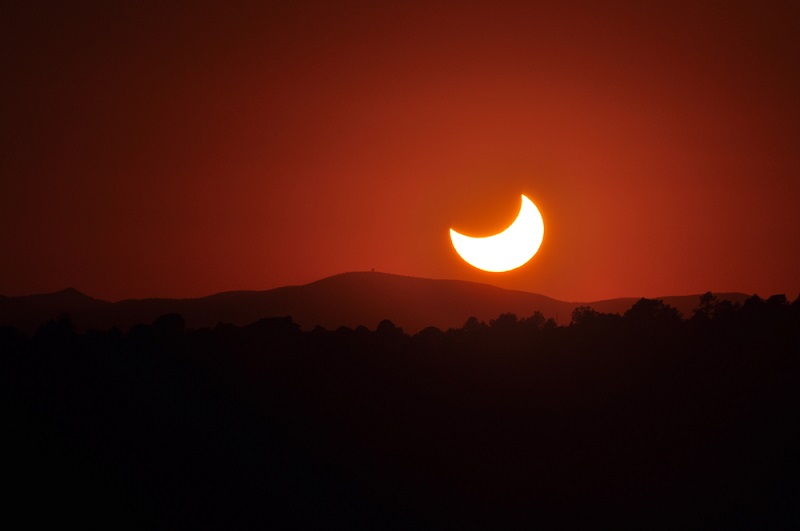Solar Eclipse Injury Risk: Doctors Brace for Rise in ER Visits

As potentially millions of Americans travel to see the total solar eclipse on Monday (Aug. 21), doctors are bracing for a spike in visits to emergency rooms (ERs) across the country, experts say.
"I suspect there will be an increase in patient traffic to ERs, especially in areas expecting a large influx of eclipse watchers," Dr. Becky Parker, president of the American College of Emergency Physicians (ACEP), said in a statement. These include areas in the path of the total solar eclipse, which will span from Oregon to South Carolina.
"When a population surges, even temporarily, ER visits tends to rise," Parker said. Anything that shakes up people's regular routines, including an eclipse, or even daylight saving time switches, can lead to more car accidents on roads, Parker said. "Be mindful of that." [2017 Total Solar Eclipse: Everything You Need to Know]
Indeed, the website GreatAmericanEclipse.com estimates that between 1.8 million and 7.4 million people will travel to an area inside the path of the total solar eclipse, many by car.
In Idaho, officials predict that town and city populations will triple, which will put pressure on local hospitals to handle a large rise in patients, the ACEP said.
Experts also stress that eclipse watchers should take precautions to protect their eyes during the eclipse. "If you choose to look at it, you must use proper eye protection for safe viewing." That's because looking directly at the sun, even for a short period of time, can cause severe eye damage.
People can safely view the eclipse with special "eclipse glasses" or handheld solar viewers that contain solar filters, according to American Astronomical Society (AAS). The four manufacturers with certified eclipse glasses and handheld solar viewers are: Rainbow Symphony, American Paper Optics, Thousand Oaks Optical and TSE 17.
Sign up for the Live Science daily newsletter now
Get the world’s most fascinating discoveries delivered straight to your inbox.
Monday's solar eclipse will be a historic event — it will be the first time since 1918 that a total solar eclipse will be visible across the continental United States (from the West Coast to the East Coast), according to the AAS.
"For many in this country, Monday's solar eclipse will be a once-in-a-lifetime event," Parker said. "We want you to enjoy but to enjoy it safely and be mindful of the risks."
Original article on Live Science.

Rachael is a Live Science contributor, and was a former channel editor and senior writer for Live Science between 2010 and 2022. She has a master's degree in journalism from New York University's Science, Health and Environmental Reporting Program. She also holds a B.S. in molecular biology and an M.S. in biology from the University of California, San Diego. Her work has appeared in Scienceline, The Washington Post and Scientific American.










